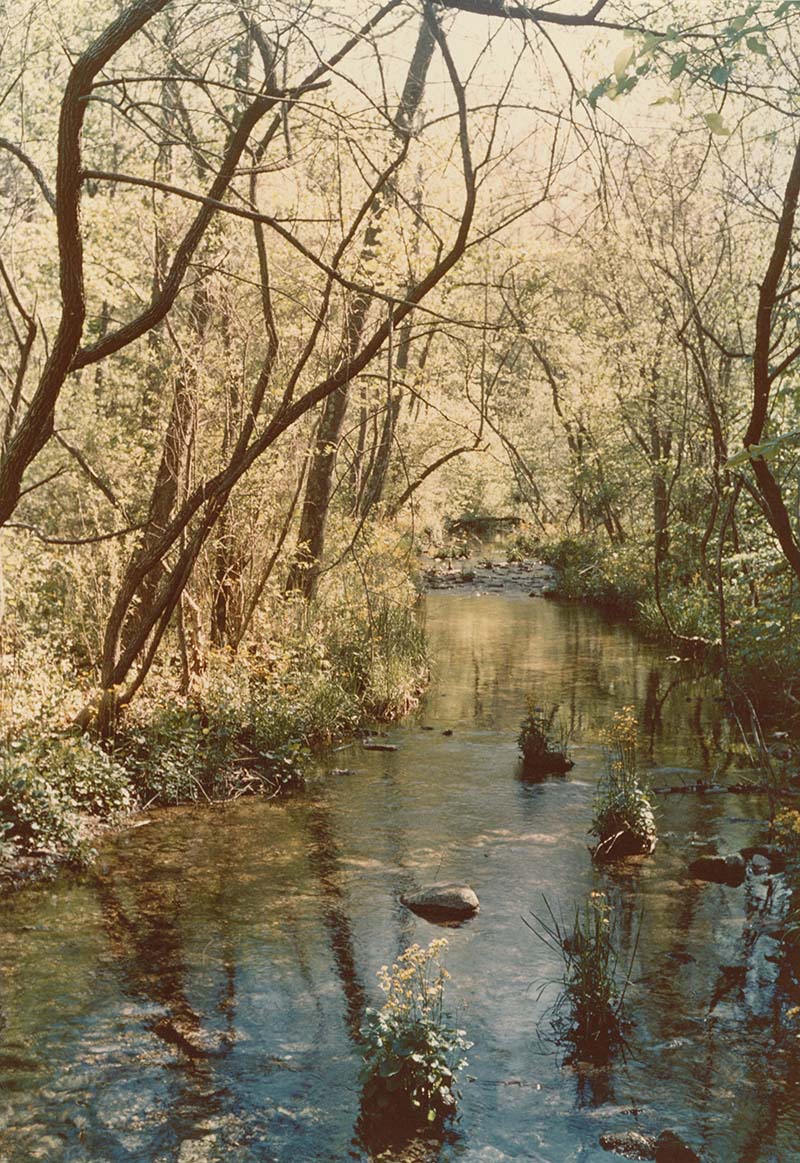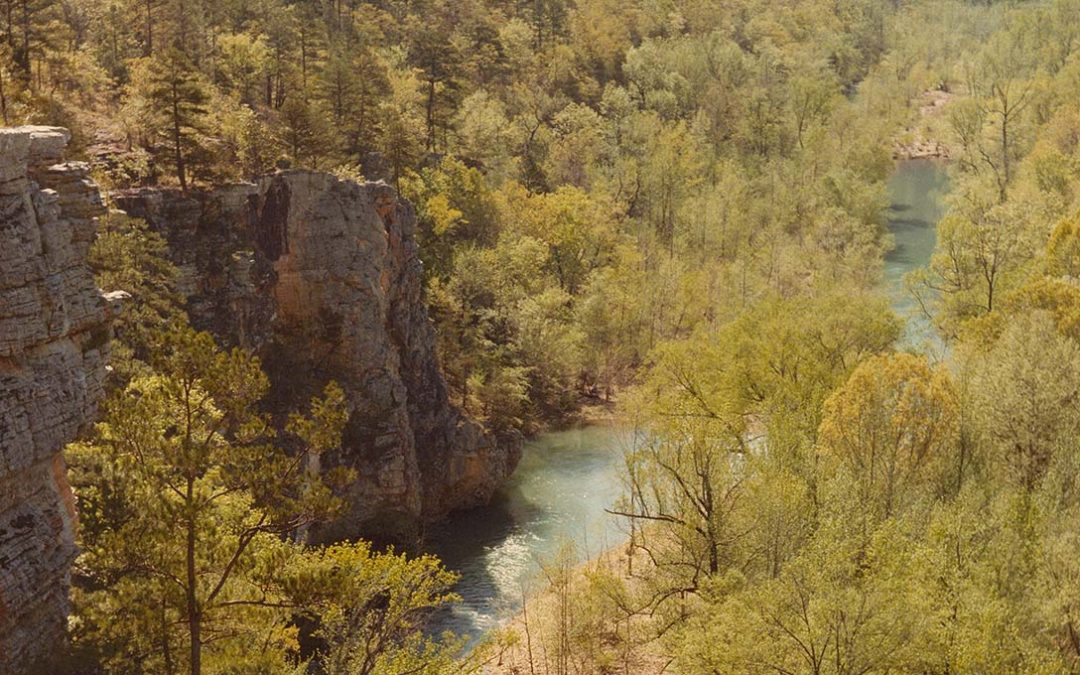Background
Photographer and environmental activist Ken Smith hails from Hot Springs, Arkansas. He graduated from the University of Arkansas in 1956 with a bachelor’s degree in mechanical engineering. Upon graduation, Ken took a job as an engineer for the timber industry and paper mills in Crossett. It was during this time that he first took photographs of and wrote about what would become, in large part thanks to his efforts, the Buffalo National River.
Ken subsequently left Arkansas and became an engineer for the National Park Service. In his 12 years there, from 1962 to 1974, he lived in or did work for several parks, including Cape Cod National Seashore, Ozark National Scenic Riverways, Mt. Rainier, Grand Portage National Historic Site, Upper Mississippi River Valley, Suwanee River and Fort Donelson National Historic Site.
Meanwhile, during those years, friends in Arkansas were waging a campaign to protect the Buffalo River as a unit of the National Park System. To support those efforts, he took leave from the National Park Service to collect information and photographs for the 1967 book, Buffalo River Country, to promote creation of the park.
After a long fight, the Buffalo National River was established in 1972.
Ken left the National Park Service in 1974 to settle in Fayetteville and became a freelance writer, photographer, researcher and environmentalist of the Ozarks, as well as a trailblazer and maintainer of the trails along the Buffalo River. A founding and lifetime member of the Ozark Society, he served as Education Director of the environmental organization from 1974 to 1976 and has been an active member of many other local, state and national environmental organizations. Ken was featured in the 2008 award-winning Larry Foley film, The Buffalo Flows: The Story of Our First National River. In March 2017, he was inducted into the Arkansas Parks and Tourism Hall of Fame for his “tireless advocacy on behalf of the river, devoting countless hours to building trails and promoting conservation.”

Castle Bluff by Ken Smith
What made you decide to study mechanical engineering?
Both my father and my brother were mechanical engineers (brother graduated from U of A in 1950). I did well in high school math and science so followed them into engineering.
What is your favorite memory from your time as an engineering student at the U of A?
My father and brother were outdoors people—hiking, fishing. Again, I followed them. I joined a hiking group when at the U of A. Lost Valley and Hemmed-In Hollow were life-changing for me.
How did your education influence your life and career?
My engineering education enabled me, first, to find employment related to natural resources—timber industry, then National Parks, and it also contributed to analytical skills.
Do you think your perspective as an engineer influences your writing, photography and environmentalism?
Engineering education can instill a no-nonsense approach to solving problems. Though I moved away from engineering, I took that problem-solving approach to new situations.
What have you accomplished in your career that you are most proud of?
I am most pleased with things I was able to accomplish on behalf of the Buffalo River here in Arkansas.
What has been your favorite thing about your career?
Those things accomplished for the Buffalo River, of course, also, during Park Service years, things done at, and for several Western parks.
What drew you to the Buffalo River?
The excursions during my college years turned out to be life-changing. Just “being there” made the difference.
Why do you think National Parks are important things to preserve and maintain?
More, by far, than fresh air and pretty scenery, the Parks and other natural areas replenish the spirit. Do I need to say more?
Anything else you’d like to talk about?
Though my life turned away from a focus on engineering as such, the engineering education was valuable for its science-based learning, its work ethic, its opportunities to meet the larger world.
Ken Smith, July 18, 2017

Ozark Spring by Ken Smith

